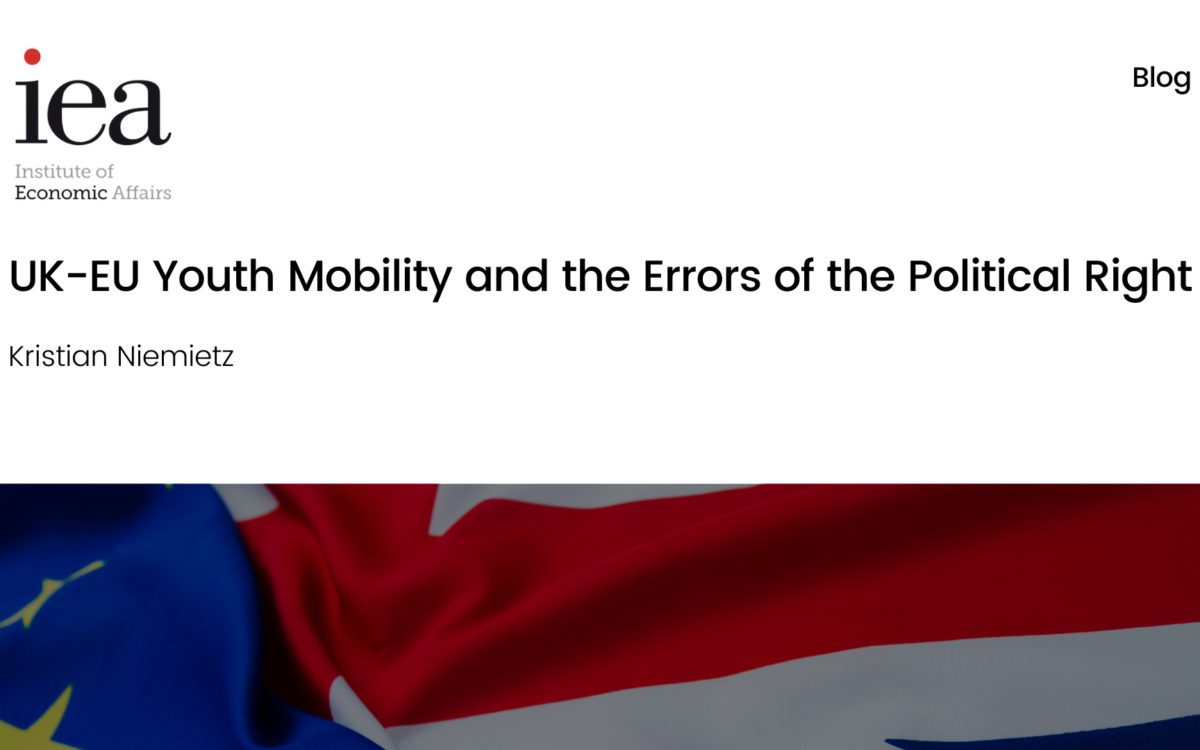The Problems of Financing Through European Mechanisms

The Problems of Financing Through European Mechanisms
Alvaro Martin // 5 May 2020
There has been a great deal of debate recently – not just in the media, but also in academia and among economic analysts – about the availability and desirability of various financial instruments to deal with the fallout from the Corona crisis, especially for some of the worst-hit nations such as Spain or Italy. Negotiations have been contentious, and irrespective of the solution European leaders will eventually reach, there is bound to be some recrimination, either from southern or northern European members (if not both).
We need to be realistic when analysing proposals and always be aware of the costs – present and future ones – that all financing mechanisms entail. We need to be pragmatic and analyse which mechanism will be most efficient for each time horizon. For example, in the short term, and taking into account the already announced €750bn bond purchase plan by the European Central Bank (ECB), financing by emitting treasury bonds (especially long-term ones) might be a better option than directly soliciting access to a European Stability Mechanism (ESM) credit line. But for some countries such as Italy or Spain, risk differentials could skyrocket in the medium term, making it more difficult and costly to finance the cost exclusively through sovereign debt emissions. Consequently, they may find it preferable to obtain a loan through the ESM or the European Bank of Investments (EBI). So, there’s no optimal solution in this situation. We shouldn’t be debating naïve or unrealistic – and even undesirable – solutions, such as “Coronabonds”, but concentrate our energies on finding the cheapest and most efficient financing mechanism at each time, with the aim of maintaining liquidity and guaranteeing the solvency of our more productive firms. So, let’s analyse the costs of European financing mechanisms.
The Eurogroup recently debated the opening of a new credit line through the ESM, denominated Pandemic Crisis Support (PCS), with the intention of reducing the cost of debt for already highly indebted nations, which are seen as high-risk in international markets, as is the case with southern European countries. But what will be the real cost of obtaining credit from the PCS? Are cheaper mechanisms already available? Well, actually there are some. To start with, the ESM precautionary line, the Enhanced Conditions Credit Line (ECCL) has a cost of 35 basis points plus the ESM financing costs -determined by the market at each moment. These 35 basis points will just be applicable to the first credit volume provided by the ESM, while a secondary credit line provided by the ECCL will not just entail macroeconomic adjustments -apart from those agreed by signing the required Memorandum for having access to credit through the ESM- but also an additional charge of 10 extra basis point. We should also remember that the maturity of these credit lines is not predetermined, and this is a crucial factor for highly indebted countries which will face severe interest expenses over the next few years.
So which loan conditions are countries such as Spain trying to agree with the European institutions? At the Eurogroup meeting on 9 April, European leaders agreed on a new credit line (PCS), which will be executed by the ESM, and will have a total capacity of around €25bn (just this line). The cost entailed by this credit line is still unknown, and all estimates being made thus far are based on the cost of accessing previously existing credit lines, as the one depicted above. What has been mainly agreed is the conditionality that will be imposed on countries requiring access to finance through the ESM. This conditionality (instead of including the need for structural reforms, for example) is not onerous. The sole condition is for those funds to be employed on health or economic reconstruction programmes, but not on current expenditure.
Apart from the interest charged on those loans, a crucial matter, even more important than the interest rate in itself will be the maturity of those credits, taking into account that southern countries will probably have severe difficulties facing interest payments over the next couple of years. As a reference we can take the average maturity of the loan provided by the ESM to Spain in 2012 for its financial sector restructuring programme. The average maturity of this loan stood then at 12 years, but some analysts claim that the PCS loans maturity could be of just 5 or 6 years, which will make access to this credit practically impossible and undesirable for nations such as Spain, Italy or Greece, characterised by their high levels of public indebtedness and deficit, which will probably cause risk differentials (determinants of sovereign bond’s yields) to go up over the next weeks.
Even in these conditions, one of the most important reasons for demanding a loan from the ESM (and note, I am not expressing an opinion for or against this option) would be the direct access it grants to the Outright Monetary Transactions (OMT) programme of the ECB. We should bear in mind that according to its statutes, the ECB can only buy sovereign debt through the secondary market and has a limit of 33% of the total for each nation. But OMT have no limit on either of the conditions, and this programme is just subject to having previously accessed an ESM credit line -with the implicit conditionality this implies. In case of an unexpected and sudden credit crunch, and if consequently the Spanish Treasury starts facing difficulties in accessing public markets, asking for a ESM loan will guarantee a direct ECB support through its OMT programme, reducing our financing costs, at least in the short term.
For the moment, the Pandemic Emergency Purchase Programme launched by the ECB and including a total volume of €750bn will have to abide strictly by the rules established in the ECB statutes, guaranteeing its independence and its non-intervention on fiscal policy matters. For the moment, the PEPP is set to expire at the end of the present year, but if European economies still suffer from severe liquidity drainages after December, it could be extended.
In this scenario, we should be thinking of alternative ways to finance our economies throughout the upcoming months and even years of economic imbalances and of how to prevent burdening our children’s (and even grandchildren’s) shoulders with an extremely high debt volume. This recession should drive home the importance of maintaining a balanced budget in periods of economic growth, not just in order to have some fiscal wiggle room for future economic downturns, but also, and overall, to leave a healthy economy for future generations to enjoy and cultivate further.
EPICENTER publications and contributions from our member think tanks are designed to promote the discussion of economic issues and the role of markets in solving economic and social problems. As with all EPICENTER publications, the views expressed here are those of the author and not EPICENTER or its member think tanks (which have no corporate view).



